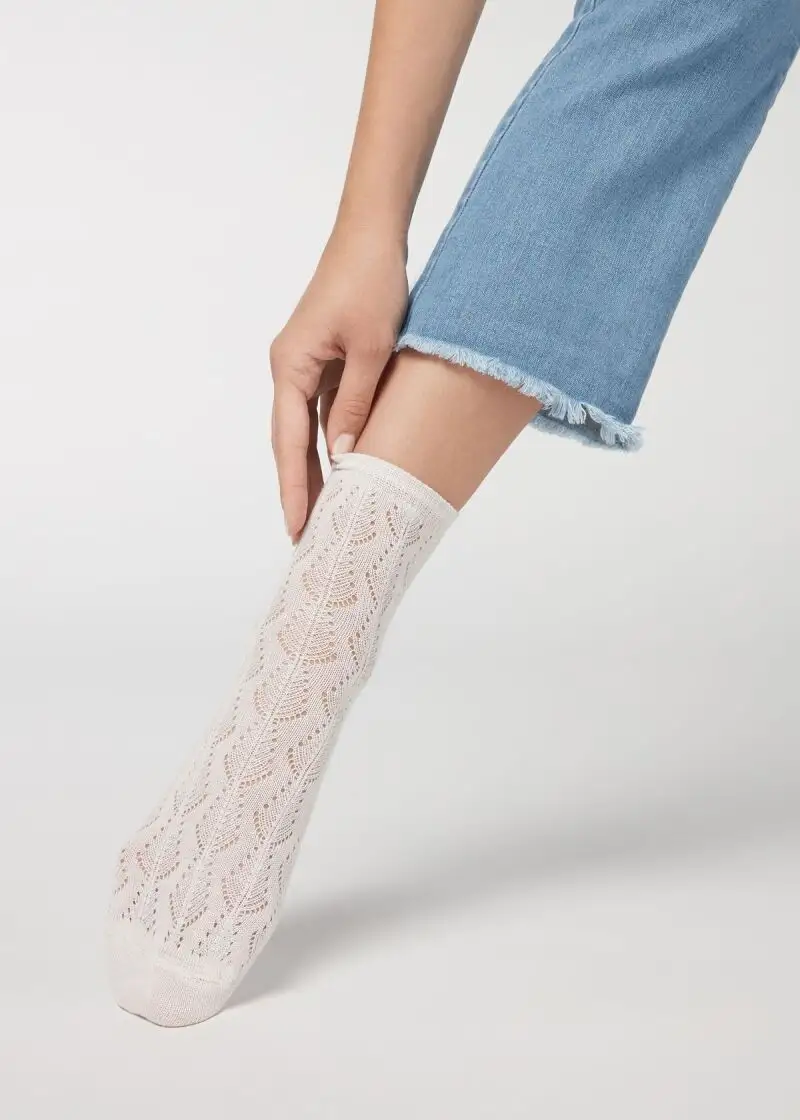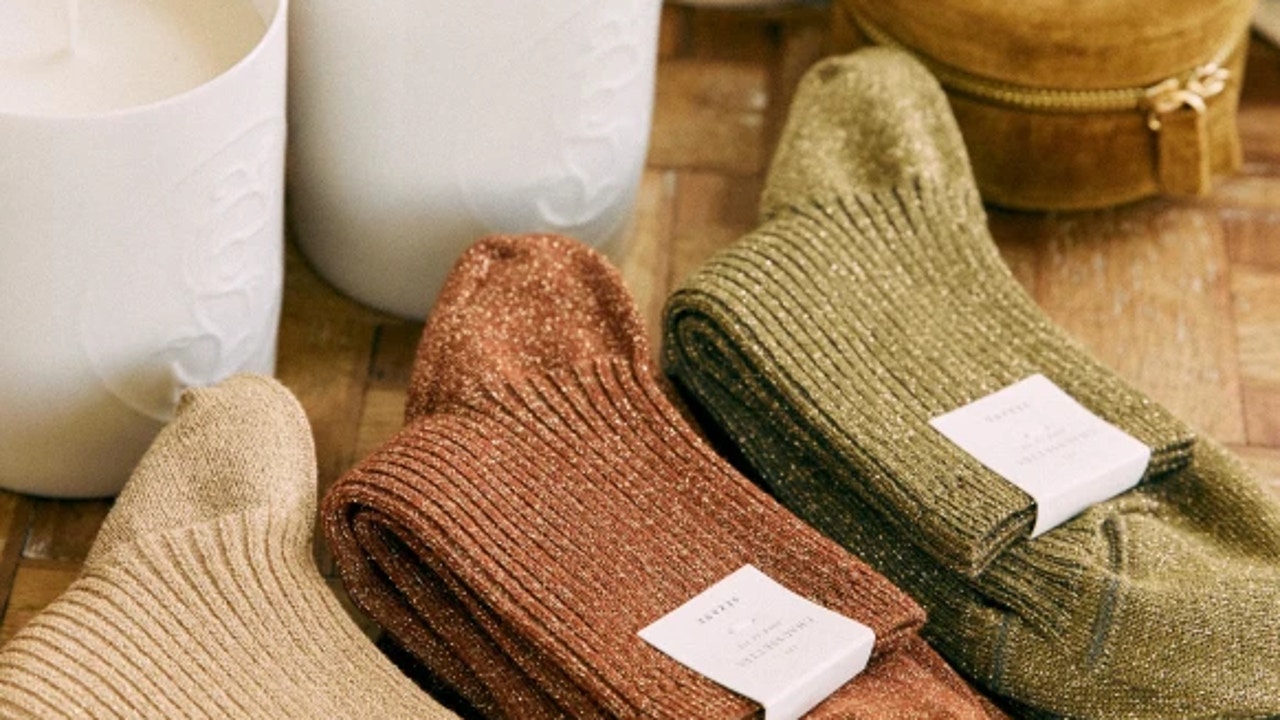Today, Thursday, May 9, we celebrate World Lost Socks Day, a day to remember all the socks we have lost throughout our days. This celebration may seem comical, but it has quite serious undertones. Taking into account that the textile sector is one of the four most polluting industries and that one of the greatest ecological disasters caused by this sector is that of disposable fashion, it seems appropriate that we take a moment to reflect on the socks that are lost by magic (or because we have not taken the necessary precautions).
Expert calculations estimate that up to 92 million tons of textile waste are discarded each year. A figure that reaches 800,000 tons in our country alone. The situation is dramatic… and gives a lot to think about. Above all because it is a very widespread practice and in which we have all, at one time or another and to a greater or lesser extent, participated. In the case of socks, it is estimated that we lose approximately 1,200 throughout our lives.
To avoid throwing away more clothes than is absolutely necessary, we must not only be restrained and sensible when buying (without getting carried away by fleeting fashions) and when throwing away. In reality, the best thing we can do for the environment (and for our pocketbook) is to respect the clothes we already have in our closet, trying to keep them in perfect condition for as long as possible. In addition, we can also take advantage of this day to develop strategies to avoid losing more socks, such as tying each pair of socks, tucking one sock inside another, or sewing them together at one end before washing them.
The celebration of World Lost Socks Day also offers us a unique opportunity to remember and celebrate the history of socks, an essential part of our wardrobe and the health of our feet:
The origin of socks
Although socks are a very popular garment today, their origin is not recent. In fact, they have played a fundamental role in human clothing throughout history. The first mention of something similar to socks is found in the writings of the Greek poet Hesiod, in the 8th century BC, who refers to “piloi”, made of pilos or felt. However, the production of socks as such does not begin until a few centuries later, in Ancient Egypt.
Around the year 250 AD, the first crochet socks have been dated, discovered in the tomb of a child in Egypt. These socks, which can be seen in the Leicester museum, were designed to cover the big toe on one side and the rest of the foot on the other, thus protecting the foot completely. Although they did their job of protecting the foot from cold and chafing, they were not particularly comfortable.
The Romans, to protect themselves from chafing caused by sandals, adapted this idea and began to use long strips of wool that they wound around the foot and went up to mid-thigh. But even before the Romans, barbarians already wore socks, although they were made of fabrics that were uncomfortable when wet.
Therefore, we can say that the origin of the sock is found in Ancient Egypt. As time went by, other cultures adapted and improved this invention, turning it into an essential garment to protect the feet and, over time, an essential fashion item.

Over the centuries, wool became the preferred material for making socks, although felt and the skin of various animals, including rodents and foxes, were also used. In fact, it is curious to note that socks made of fox fur existed before cotton socks.
From the 3rd century AD, with the introduction of knitting techniques such as needlepoint and crochet, socks became more manageable and elastic. Since then, they have adapted to all technological and fashion advances, reaching the great variety of styles and types that we have at our disposal today.

